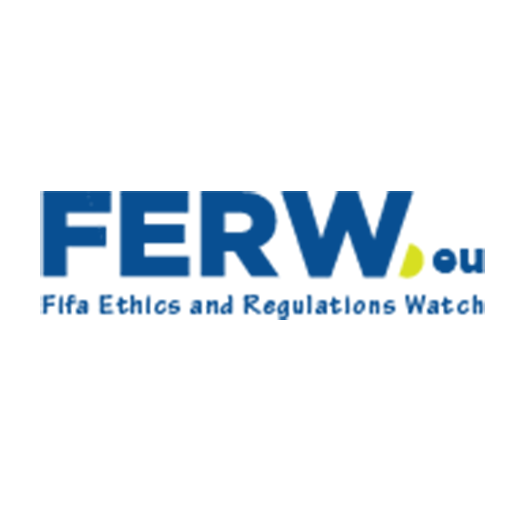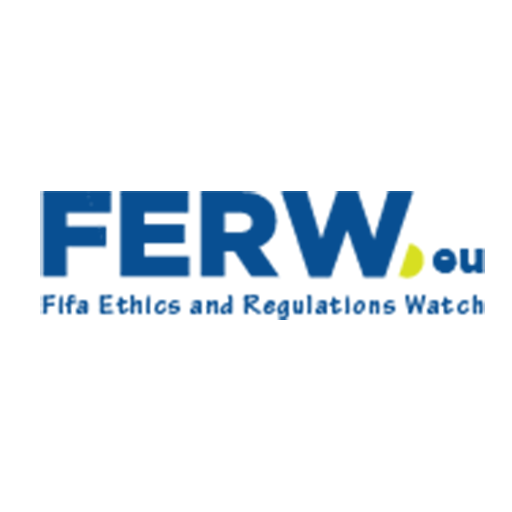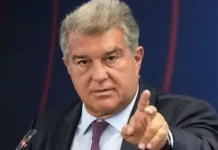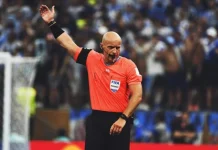In 2025, FIFA, through the International Football Association Board (IFAB), implemented multiple rule modifications to facilitate the modernization of the process of gameplay and enhancement of the match flow. These have been in the form of increased possession time of the goalkeeper to eight seconds with the countdown clock clearly displayed, informing direct free kicks in case of offences with corner kick penalties and the creation of the issue of “Only the Captain” where an on-field player is not able to interact with referees to significant extents.
Also there are updated dropped-ball regulations which do restore the player having the ball at the time back to possessing the ball which removes a lot of confusion and dispute. The 2025 FIFA Club World Cup held in the United States was a flashpoint in presenting these refinements to the world on a grand scale as far as a technical rollout was concerned. Their first target is to decrease time wasting, make controversial restarts easier and make officiating more transparent.
Positive Reception Among Players and Fans
Initial player and fan response is wide-ranging in feeling positive. The changes make replacements easier in the game, there are less argumentative interruptions and increased understanding in-game decisions. The countdown of highly anticipated equalizers, especially the goalkeeper, is what is attributed to introducing uniformity in the implementation of timekeeping, which has been a contentious issue to the players and the viewers alike.
Furthermore, regulations like limited referee presence on the pitch with the rule of Only the Captain are claimed to take away the tension and help to play like a professional, which also helps create a less controlled competitive environment. These changes show that FIFA listens to fans and what technology is possible.
Governance Failures Lurking Beneath Surface Progress
The Enduring Challenge of FIFA’s Structural Issues
Despite these operational improvements, the 2025 rule changes are insufficient in masking FIFA’s long-standing structural governance challenges. The FIFA Football Law Annual Review (FLAR) 2025 reiterates unresolved issues, including inconsistencies in the regulation of player transfers, opaque electoral mechanisms within the organization, and persistent allegations of corruption across regional confederations.
Recent reports highlight shortcomings in FIFA’s enforcement of financial fair play and its inability to implement reforms related to multi-club ownership and the influence of private equity funds. Internal whistleblowers have alleged resistance within the executive committee to transparency initiatives. These issues, though less visible to the average fan, threaten the legitimacy and fairness of global football competitions at every level.
Limited Impact on Key Institutional Reforms
FIFA’s recent reforms stop short of delivering systemic change. Delays in modernizing the Transfer Matching System hinder transparency in cross-border player movement and continue to fuel illicit activity. Persistent underfunding of women’s football also reflects the organization’s tepid commitment to equity, despite official commitments to expanding opportunities for female athletes and professionals.
Regulatory tools intended to promote integrity in financial dealings—such as independent auditing and sponsor vetting—remain inconsistently applied, often allowing lucrative deals to overshadow ethical scrutiny. The result is a governance framework where cosmetic updates to the rules of the game obscure a lack of movement on core issues of fairness, oversight, and inclusion.
The Media and Public Perception Challenge
Managing the Narrative Through Rule Changes
The timing and presentation of the 2025 changes—unveiled during the high-profile FIFA Club World Cup—serve as an effective media strategy. These reforms offer FIFA a public platform to portray modernization and responsiveness while redirecting attention away from administrative shortcomings. By focusing on technical innovations, FIFA shapes a narrative of progress that appeals to stakeholders without confronting the political inertia behind closed doors.
Public relations campaigns emphasize the spectacle of sport, relying on visual clarity and fan-oriented updates like VAR modifications or the eight-second keeper rule to maintain positive sentiment. These visible shifts deflect scrutiny from unaddressed governance controversies, such as those surrounding host nation selection processes and the lack of diversity in senior leadership.
Stakeholder Skepticism and Growing Demands for Accountability
Among key stakeholders—players, fan coalitions, and external watchdogs—skepticism persists. While the rule changes improve the spectacle, they do little to address systemic deficiencies that allow elite clubs and influential sponsors disproportionate power in global football. Critics argue that these reforms function as “low-hanging fruit,” offering easy wins for FIFA’s communications strategy but failing to generate tangible shifts in institutional accountability.
Advocates for women’s football highlight unfulfilled promises of equitable funding and development, particularly in comparison to the marketing investments in high-profile men’s tournaments. Others call for meaningful progress on refereeing independence, whistleblower protection, and enforcement of ethical conduct beyond pitch regulations. The gulf between visible updates and underlying reform remains wide.
Toward Bridging the Gap Between Rules and Reform
Opportunities for FIFA to Regain Credibility
To regain the credibility of its institutions, FIFA has to pair the technical innovation of rules with structural change. These are by way of having transparent funding allocations, decision making in executive bodies and conflict of interest accountability. Possibly, a more equal and democratic architecture in governance can be designed, setting in concrete good public reporting and welcoming meaningful contribution to governance by national federations, refereeing bodies and civil society.
Such technologies as referee body cam or instant officiating audio is not only tailored to improve fan experience but could also be used as a means of accountability. Such innovations combined with transparent, ongoing ethics investigation and independent auditor checks may nudge FIFA towards the governance structure, both in terms of modern professionalism and actual change.
The Role of Independent Oversight and Multilateral Pressure
There must be a continuity of external monitoring in addition to internal change that is necessary to achieve progress. Transparency and fairness should be maintained at regional confederation, national league, and transnational levels by such actors as the Court of Arbitration of sport and European governance institutions. The attention of the media, more specifically investigative coverage of the financial habits of FIFA, is also needed to shed light on the differences between what people think about an institution and how that institution actually functions.
Increased platforms of fan engagement and compulsory consultation procedures by stakeholders and government bodies can construct structures not reliant on media fads and structures to ensure long term accountability to change.
Football’s Regulatory Reforms and the Broader Governance Debate
The rule reforms by FIFA in 2025 have brought the much-needed clarity and efficiency to on-field experience as it strengthened the rhythm and flow of matches, as well as ensuring that the referees and players have a less confrontational setting. The changes however come at a time when institutional reform is still in the process of being realized. The issues of governance including allegation of corruption, poor promotion of women football to marginalization and accountability systems has persistently dogged the reputation of the body.
The concept of technical progress on one hand and the governmental torpor on the other one is a hard task. To be more than posturing, any change in the rules has to be incorporated into a culture of high ethical standards and participatory change. FIFA is at a decisive cusp: it can use the goodwill created by gameplay changes on the way to 2025 to give it the impetus it needs to change the way the organisation itself is structured.
The readiness of FIFA to confront the substance of its reforms shall not be read in clock-top counters and restart regulations but in how FIFA is keen to change the inner structures of power, money and influences that determine the fate of international football.












